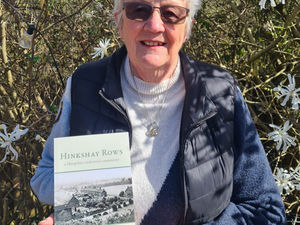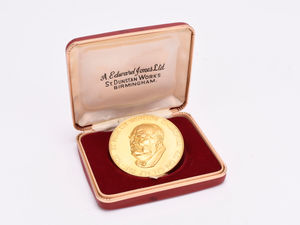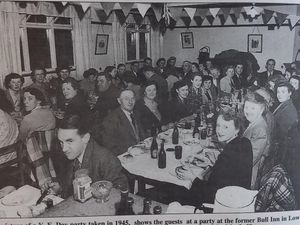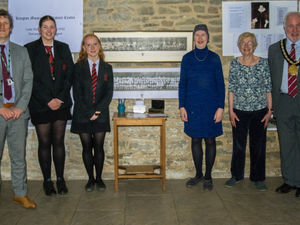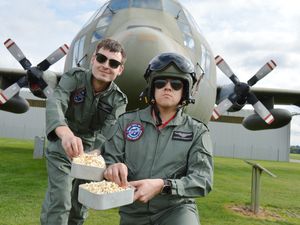Wounded soldier who took risky shots at the heart of battle
Amid the roar of battle, and despite lying wounded in the legs, Private Frederick Fyfe managed to get off a shot or two - with this camera.
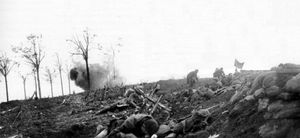
The result was some of the most remarkable and dramatic images of the Great War, taken from the heart of the action, amid shot and shell.
Sheltering underneath a parapet at around 6am during his battalion's advance in the Battle of Bellewaarde Ridge, 25-year-old Fyfe recorded kilted men advancing ahead of a sea of barbed wire and obstacles or taking cover under the parapet of a captured German front line trench.
Ahead of them is a flag marker, to mark the progress of the attack to the British artillery. Not far away, there is the smoke of a bursting shell. Absent, of course, are all the sounds, screams, shouts, the crackle of bullets, and smells of battle.
The photo taken at around 6am of June 16, 1915, is carried in a new book which tells the story of the new camera which made it all possible, and features some striking images which are far removed from the official posed versions.
Fyfe, serving with Z Company, 1/10th Battalion, the King's Liverpool Regiment (Liverpool Scottish) was taking a risk beyond the obvious risk of battle, as two months previously there had been the imposition by the military authorities of an official ban on the use of cameras.
However Fyfe, a former newspaper photographer, had no action taken against him, despite the pictures appearing in various publications, and was subsequently commissioned, winning the Military Cross in 1916.
"The Vest Pocket Kodak & The First World War" has been written by military historian Jon Cooksey. Launched in April 1912, the Vest Pocket Kodak was one of the world's first pocket cameras, and on the outbreak of the Great War in 1914, wishing to record their adventure, some British soldiers carried a camera in their pocket as they went into combat.
Thanks to the new camera, says Cooksey, "ordinary people did not have to rely on professional studios or official photographers as a means of recording their lives and the lives of those around them.
"They could, and would, do it for themselves. And so they did, in their thousands."
At first, with much else on their plate to contend with, the military authorities did nothing, and photography was permitted by default. But in the spring of 1915 there was a total crackdown, with soldiers caught with cameras facing punishment. Nevertheless, some ignored the ban and continued to take pictures.
One of the earliest photos was taken during the retreat from Mons, by Major Thomas Stanton Lambert, who was second in command of the 1st Battalion of the East Lancashire Regiment.
As his men lay in shallow rough and ready trenches, far removed from the deep and muddy trenches generally associated with the Great War, he took a photo of them, rifles at the ready and looking into the distance for the approaching enemy. The picture was taken south of Solesmes, France, on August 25, 1914.
This was the eve of the Battle of Le Cateau in which, only a short distance away, Shropshire's Major Yate, from Madeley, fought to the last against an overwhelming onslaught by the advancing Germans. He was captured and taken prisoner.
For his heroics, he was awarded the Victoria Cross, although this was posthumous as, having escaped from a prisoner of war camp a few weeks later, he ran into hostile German civilians and is thought to have slit his own throat to avoid being recaptured alive.
* (BLOB) Pictures reprinted with permission from Ammonite Press, publisher of The Vest Pocket Kodak & The First World War, which is hardback and costs £7.99.

